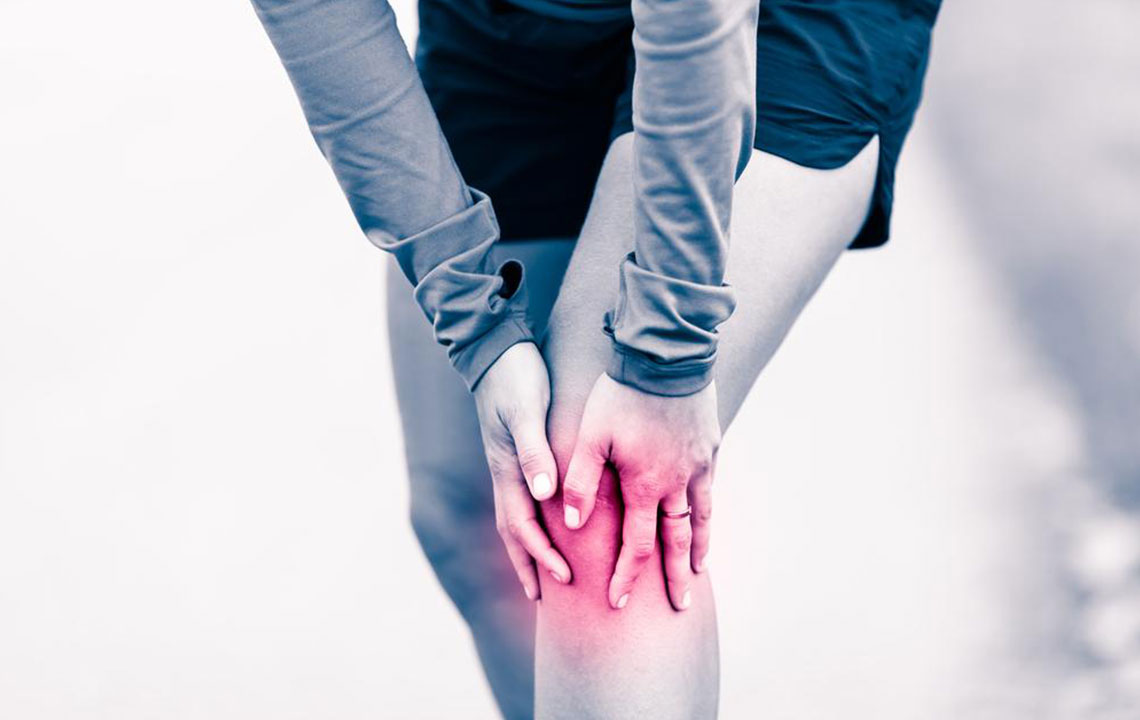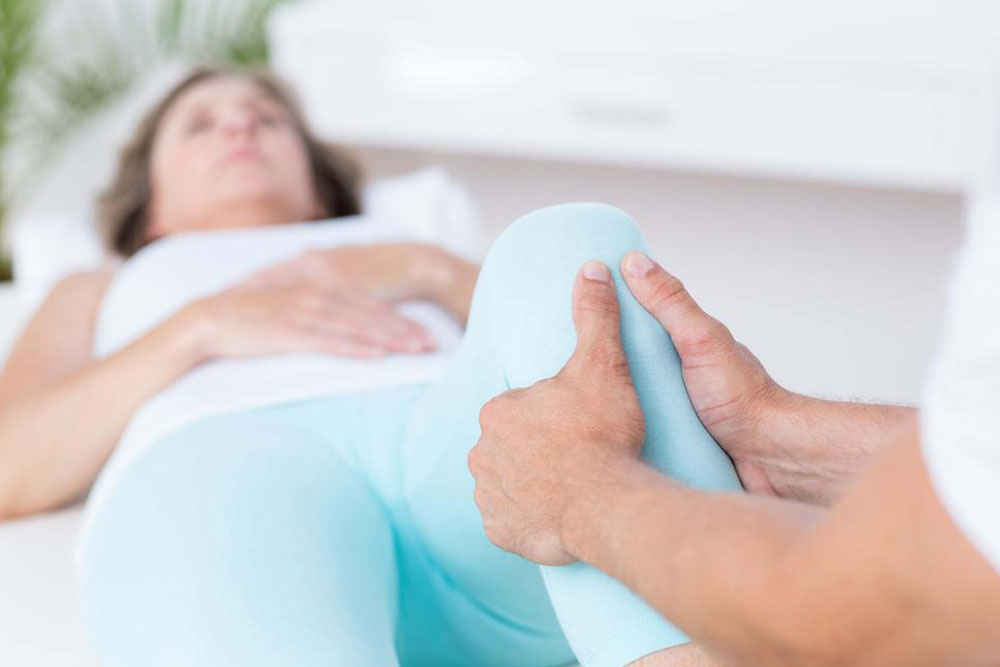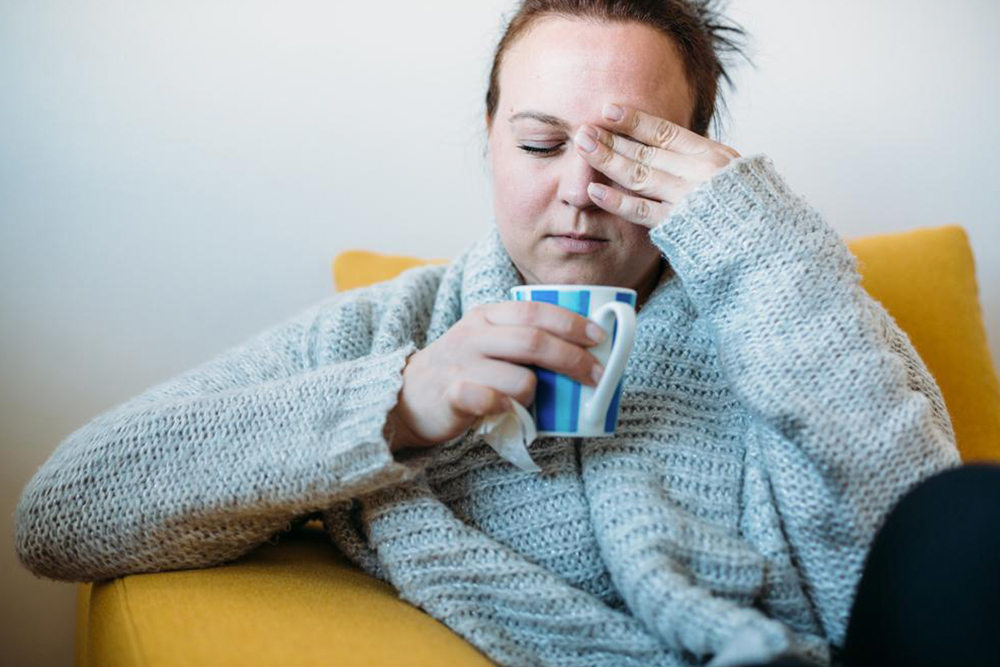Comprehensive Home Strategies and Medical Treatments for Restless Legs Syndrome Relief
Discover comprehensive strategies to effectively manage Restless Legs Syndrome at home and through medical treatments. This article covers practical remedies like hot/cold compresses, exercise, nutritional adjustments, and professional interventions. Learn how lifestyle changes can reduce discomfort, improve sleep, and enhance overall well-being. Perfect for those seeking relief from RLS symptoms and aiming for better quality of life through proven, safe practices.

Effective Home Remedies and Medical Approaches for Managing Restless Legs Syndrome
Are you frequently experiencing involuntary movements or an overwhelming desire to move your legs, especially during quiet activities like meetings, lectures, or relaxing evenings at home? These symptoms may be indicative of Restless Legs Syndrome (RLS), a neurological disorder characterized by uncomfortable sensations in the legs and an irresistible urge to move them. Understanding the condition and utilizing effective treatment strategies, both at home and through medical intervention, can significantly reduce discomfort and enhance your quality of life.
While mild cases of RLS without underlying health issues can often be managed with lifestyle modifications and home remedies, more severe cases may require professional medical treatment. It’s important to recognize the symptoms early and adopt appropriate measures to prevent escalation.
Implementing Hot and Cold Compresses for Symptom Relief
One of the simplest and most effective home remedies for RLS is the use of alternating hot and cold packs. Applying these compresses can ease muscle tension, improve blood circulation, and reduce the uncomfortable sensations in your legs. The warming effect of hot packs helps relax tense muscles and soothe irritations, while cold packs diminish inflammation and numb pain temporarily.
To maximize benefits, apply warm compresses or soak your legs in warm water about 20 minutes before bedtime. Follow this with cold packs if necessary, and repeat as needed. This routine not only relieves symptoms but also promotes a relaxing transition into sleep. Consistency is key for sustained relief and better sleep quality.
Enhancing blood flow with these treatments further alleviates discomfort. Warm baths are another excellent way to relax leg muscles and prepare for restful sleep, especially if done regularly in the evening. Combining warm baths with warm and cold compress cycles can significantly diminish RLS symptoms and improve overall leg comfort.
Engaging in Regular Gentle Exercise
Consistent physical activity plays a crucial role in managing RLS symptoms. Gentle exercises such as walking, stretching routines, or low-impact yoga can help alleviate muscle tension, improve circulation, and reduce stress, which often triggers symptom flare-ups. Incorporate at least 30 minutes of brisk walking daily, and consider stretching exercises that target the lower limbs.
Avoid overexertion, as excessive activity may exacerbate symptoms. Instead, focus on a balanced exercise routine that promotes overall wellness. Regular movements not only help in managing RLS but also contribute to better sleep and mental health.
Establishing a Consistent Sleep Pattern
Sleep disruption is a common consequence of RLS, leading to fatigue and impaired daily functioning. Developing a consistent sleep routine can significantly mitigate symptoms. Aim to go to bed and wake up at the same time every day, even on weekends, to regulate your body’s internal clock.
Create a calming bedtime routine by engaging in relaxation techniques such as taking a warm bath, practicing meditation, or deep-breathing exercises. Ensure your sleep environment is conducive to rest: make your room dark, quiet, and well-ventilated. Eliminate any light sources that could interfere with sleep, and use comfortable bedding to promote restful nights. Dedicate 10-15 minutes before bed to relaxation to ease your transition into sleep.
These habits help reduce stress and neurological hyperactivity, which are often involved in RLS symptoms. Better sleep not only alleviates immediate discomfort but also improves overall health and well-being.
Addressing Nutritional Deficiencies
Research indicates a strong correlation between nutrient deficiencies and RLS symptoms. Especially common are deficiencies in iron, magnesium, folic acid, and B vitamins. Iron deficiency, in particular, has been widely linked to RLS, as it impacts dopamine production, which is crucial for nerve signaling involved in muscle control.
Increasing dietary intake of iron-rich foods such as leafy greens (spinach, kale), lean meats (chicken, turkey), beans, and fortified cereals can help improve iron levels naturally. For individuals whose blood tests confirm deficiencies, healthcare providers may recommend supplements to correct the imbalance. Always consult a healthcare professional before starting new supplements to ensure appropriate dosage and safety.
Similarly, incorporating magnesium-rich foods such as nuts, seeds, whole grains, and avocados can promote muscle relaxation and reduce nerve excitability. Ensuring adequate intake of B vitamins through diet or supplements supports nerve health, potentially diminishing RLS symptoms. Regular blood work can help monitor these nutrient levels and guide personalized treatment plans.
Adopting a Nutritional and Lifestyle-Optimized Diet
Diet significantly influences neurological health. Limit or avoid caffeine-containing substances such as coffee, tea, dark chocolate, and certain sodas, as they can intensify RLS symptoms. Alcohol and tobacco use should also be minimized, considering their exacerbating effects on nerve sensitivity and vascular health.
Focus on nutrient-dense, balanced meals that support nerve and muscle function. Including a variety of fruits, vegetables, lean proteins, and whole grains can boost overall health and reduce symptom severity. Proper hydration is equally vital, so drink plenty of water throughout the day.
Medical Interventions and When to Seek Professional Help
If home remedies and lifestyle modifications do not provide sufficient relief, it’s important to consult a healthcare provider. Medical treatments for RLS include medications such as dopamine agonists, certain anti-seizure drugs, opioids, or sedatives, which can effectively reduce symptoms. Your doctor will evaluate your specific case and recommend the most suitable medication, adjusting dosages as needed.
Be aware of potential side effects like nausea, dizziness, or mood alterations associated with some medications. Regular follow-up is necessary to monitor response and adjust treatment plans. Addressing underlying conditions such as kidney disease, Parkinson’s disease, anemia, or diabetes can also help manage RLS more effectively.
Implementing Effective Lifestyle Changes
Relax tired leg muscles through gentle massages or stretching during periods of inactivity, which can alleviate the urge to move.
Consistently use hot baths and cold packs to soothe restless legs, especially before bedtime.
Follow physician guidance to monitor and correct iron deficiencies with appropriate blood tests and supplements.
Limit alcohol intake; if elimination is not feasible, moderation can still reduce symptom severity.
Maintain a structured sleep routine and create a tranquil sleep environment to promote restful nights.
Understanding that RLS is manageable is vital. Ignoring symptoms may worsen sleep disturbances and overall health, while early intervention can significantly improve daily functioning and quality of life. With proactive measures, individuals can control symptoms effectively and enjoy restful sleep and greater comfort.





